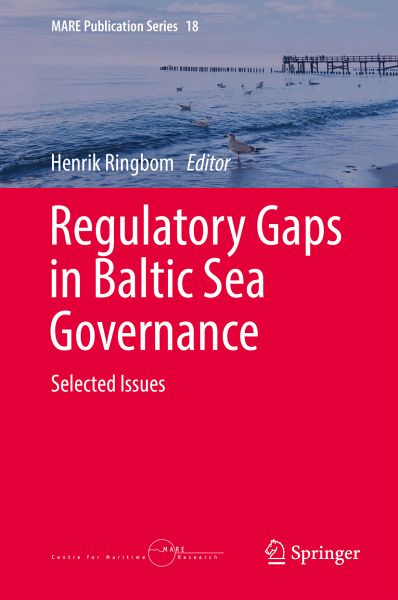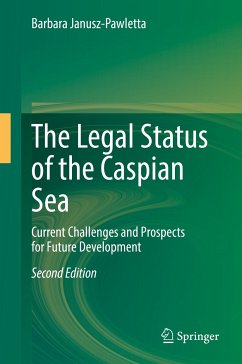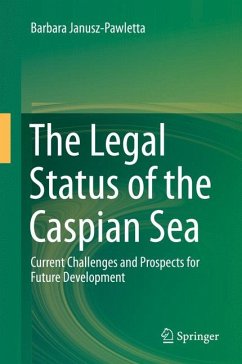
Regulatory Gaps in Baltic Sea Governance (eBook, PDF)
Selected Issues
Redaktion: Ringbom, Henrik
Versandkostenfrei!
Sofort per Download lieferbar
56,95 €
inkl. MwSt.
Weitere Ausgaben:

PAYBACK Punkte
28 °P sammeln!
The focus of this publication is the uniqueness of the Baltic Sea from a legal perspective, and the regulatory voids that result from the multiple layers of regulation this area is subjected to: up to six layers of regulation (general international law, regional conventions, EU law, national laws, local and municipal rules plus a whole range of non-binding norms and other 'soft law' arrangements) act in parallel. However, a large number of rules or regulatory layers does not in itself ensure effectiveness or consistency. When the regulatory landscape is approached from the point of view of ind...
The focus of this publication is the uniqueness of the Baltic Sea from a legal perspective, and the regulatory voids that result from the multiple layers of regulation this area is subjected to: up to six layers of regulation (general international law, regional conventions, EU law, national laws, local and municipal rules plus a whole range of non-binding norms and other 'soft law' arrangements) act in parallel. However, a large number of rules or regulatory layers does not in itself ensure effectiveness or consistency. When the regulatory landscape is approached from the point of view of individual substantive topics, it is apparent that the norms of different regulatory layers entail both overlaps, gaps and uncertainties, differently for each topic. This publication addresses a selection of topics that are decidedly international in nature, but for which current international and EU rules include important gaps or uncertainties.
In addition to presenting a set of legal analyses of topical issues for the region, which in itself is a meritorious objective in view of the relative scarcity of legal studies with a focus on the Baltic Sea, the publication also seeks to analyze the regulatory 'anatomy' of the selected issues in more detail. Through the legal analyses the chapters explore how regulatory gaps are formed, how they are filled, how the rules of the different layers work together and interact with each other in the selected areas. Accordingly, the secondary ambition is to explore, through the chapters, whether more general conclusions can be drawn about the nature of the regulatory gaps and multi-layerism in order to produce a better understanding of how regulations on multiple levels operate in practice.
In addition to presenting a set of legal analyses of topical issues for the region, which in itself is a meritorious objective in view of the relative scarcity of legal studies with a focus on the Baltic Sea, the publication also seeks to analyze the regulatory 'anatomy' of the selected issues in more detail. Through the legal analyses the chapters explore how regulatory gaps are formed, how they are filled, how the rules of the different layers work together and interact with each other in the selected areas. Accordingly, the secondary ambition is to explore, through the chapters, whether more general conclusions can be drawn about the nature of the regulatory gaps and multi-layerism in order to produce a better understanding of how regulations on multiple levels operate in practice.
Dieser Download kann aus rechtlichen Gründen nur mit Rechnungsadresse in A, B, BG, CY, CZ, D, DK, EW, E, FIN, F, GR, HR, H, IRL, I, LT, L, LR, M, NL, PL, P, R, S, SLO, SK ausgeliefert werden.












